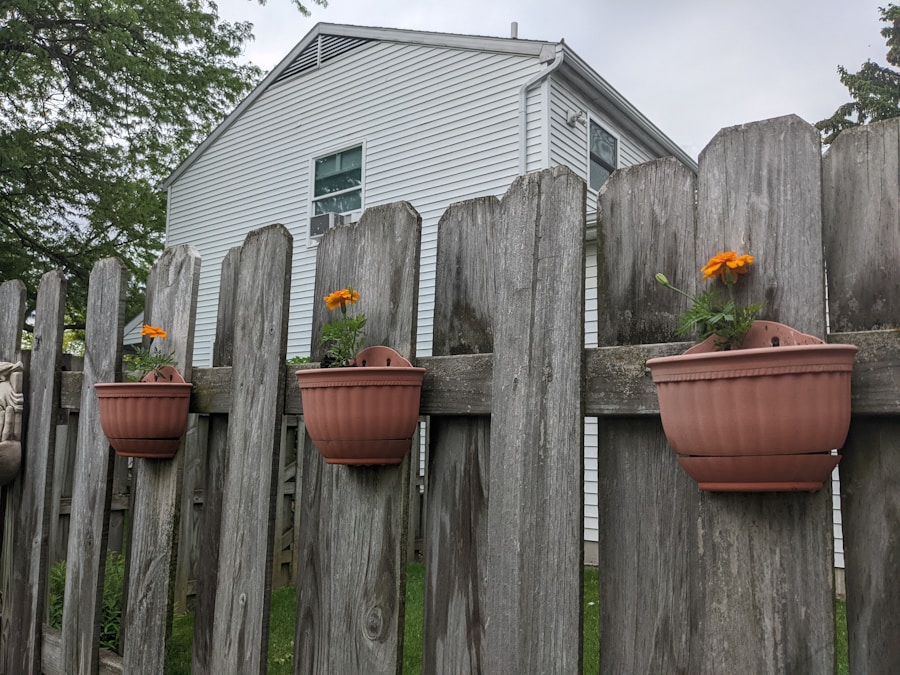Sustainable gardening is a practice that aims to minimize the negative impact on the environment while creating a beautiful and productive garden. It involves using natural and organic methods to grow plants, conserve water, and reduce waste. One of the key components of sustainable gardening is the use of a DIY greenhouse, which allows gardeners to extend the growing season, protect plants from harsh weather conditions, and create a controlled environment for optimal plant growth. By embracing sustainable gardening practices, gardeners can reduce their carbon footprint, conserve resources, and contribute to a healthier planet.
Benefits of Building a DIY Greenhouse
There are numerous benefits to building a DIY greenhouse for sustainable gardening. One of the main advantages is the ability to extend the growing season, allowing gardeners to grow a wider variety of plants and produce throughout the year. This can be especially beneficial in regions with short growing seasons or unpredictable weather patterns. Additionally, a greenhouse provides protection from pests and diseases, reducing the need for harmful chemical pesticides. It also allows for better control of temperature, humidity, and light, creating an ideal environment for plant growth. Furthermore, a DIY greenhouse can help reduce water usage by capturing and recycling rainwater, and it can also serve as a space for composting and recycling organic waste.
Materials and Tools Needed for DIY Greenhouse Construction
Building a DIY greenhouse requires careful planning and the right materials and tools. Some of the essential materials needed include lumber for the frame, clear plastic or glass panels for the walls and roof, and hardware such as screws, nails, and hinges. Other materials may include insulation, ventilation systems, and shading materials. The tools needed for construction may include a saw, drill, hammer, level, and measuring tape. It is important to choose materials that are durable, weather-resistant, and energy-efficient to ensure the longevity and sustainability of the greenhouse.
Step-by-Step Guide to Building a DIY Greenhouse
Building a DIY greenhouse involves several steps, starting with site selection and preparation. The location should receive ample sunlight and be easily accessible for watering and maintenance. The next step is to design the greenhouse layout and dimensions, taking into consideration the types of plants to be grown and the available space. Once the design is finalized, the construction process begins with building the frame, installing the walls and roof, and adding doors and ventilation systems. It is important to ensure proper insulation and sealing to maintain a stable climate inside the greenhouse. Finally, the interior can be customized with shelving, benches, and irrigation systems to optimize plant growth.
Tips for Maintaining a Sustainable Greenhouse
Maintaining a sustainable greenhouse involves regular upkeep and monitoring of environmental conditions. It is important to check for leaks, cracks, and damage to the structure to prevent energy loss and ensure efficient heating and cooling. Proper ventilation is crucial to prevent humidity buildup and disease outbreaks. Additionally, using natural pest control methods such as beneficial insects and companion planting can help reduce the need for chemical pesticides. Conserving water through drip irrigation systems and rainwater collection can also contribute to sustainability. Regular cleaning and maintenance of equipment and tools will help ensure the longevity of the greenhouse.
Choosing the Right Plants for Year-Round Growing
When choosing plants for year-round growing in a DIY greenhouse, it is important to consider the climate, light levels, and space available. Some popular options for cool-season crops include lettuce, spinach, kale, and broccoli, which thrive in lower temperatures. For warm-season crops, tomatoes, peppers, cucumbers, and herbs are excellent choices that require higher temperatures and ample sunlight. Additionally, perennial plants such as herbs, berries, and fruit trees can be grown in a greenhouse for continuous harvests. It is important to select plants that are well-suited to the greenhouse environment and have similar growing requirements to ensure successful cultivation.
Embracing Sustainable Gardening with a DIY Greenhouse
In conclusion, sustainable gardening with a DIY greenhouse offers numerous benefits for both gardeners and the environment. By extending the growing season, protecting plants from pests and diseases, conserving resources, and reducing waste, gardeners can create a more eco-friendly and productive garden. With careful planning, construction, and maintenance, a DIY greenhouse can provide a controlled environment for optimal plant growth while minimizing the negative impact on the planet. By embracing sustainable gardening practices and utilizing a DIY greenhouse, gardeners can contribute to a healthier planet while enjoying the rewards of year-round gardening.



